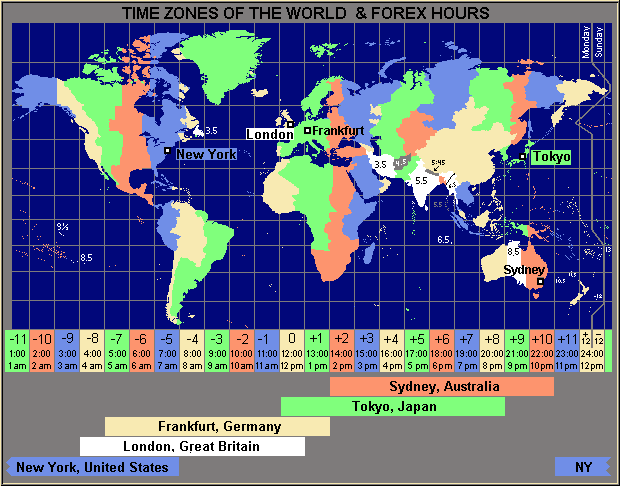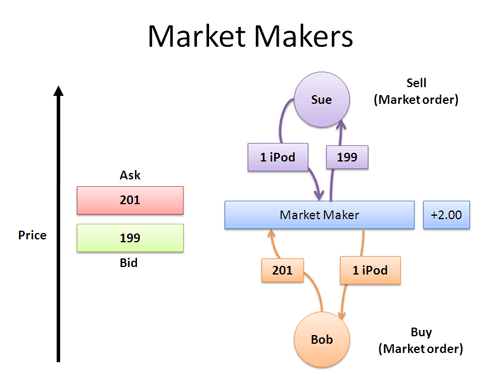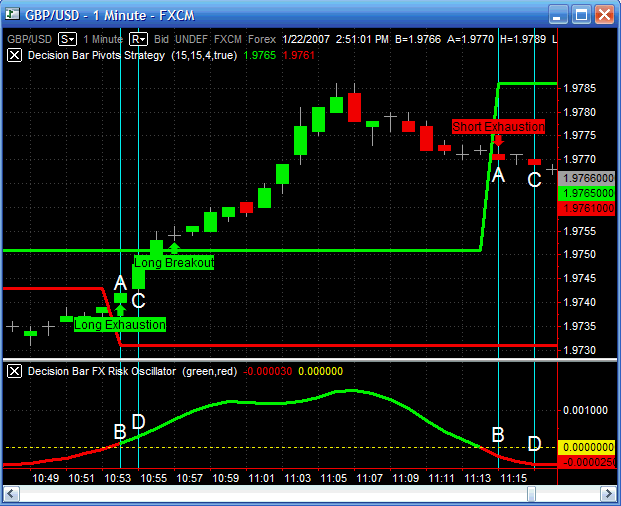Almost all of us have seen financial trend charts. To beginners they may seem difficult to understand and somewhat confusing as they probably contain lines of support, resistance or channels; formations such as flags and pennants etc. But the subject is not hard to understand at all, it is rather a matter of practice.
 |
| (wikipedia) |
Technical analysis is a method of predicting price movements and future market trends by studying what has occurred in the past using charts. As the Forex market is said to follow trends this is obviously a very advantageous activity.
Technical analysis is concerned with what has actually happened in the market, rather than what should happen, and takes into account the price of instruments and the volume of trading, and creates charts from that data as a primary tool.
One major advantage of technical analysis is that experienced analysts can follow many markets and market instruments simultaneously. This makes sure you always are looking at the wider picture, you learn to spot which currency is about to rise and which is about to fall.
Technical analysis is concerned with what has actually happened in the market, rather than what should happen, and takes into account the price of instruments and the volume of trading, and creates charts from that data as a primary tool.
One major advantage of technical analysis is that experienced analysts can follow many markets and market instruments simultaneously. This makes sure you always are looking at the wider picture, you learn to spot which currency is about to rise and which is about to fall.
Successful technical analysis is built on three essential principles:
1. Market action discounts everything!
This means that the actual price is a reflection of everything that is known to the market that could affect it. Some of these factors are: fundamentals (inflation, interest rates, etc.), supply and demand, political factors and market sentiment. However, the pure technical analyst is only concerned with price movements, not with the reasons for any changes.
2. Prices move in trends.
Technical analysis is used to identify patterns of market behavior that have long been recognized as significant. For many given patterns there is a high probability that they will produce the expected results. There are also recognized patterns that repeat themselves on a consistent basis. This means the trader who can correctly identify the next move of a given currency is the trader who can limit their losses and maximize their profits.
3. History repeats itself.
Forex chart patterns have been recognized and categorized for over 100 years, and the manner in which many patterns are repeated leads to the conclusion that human psychology changes little over time. Since patterns have worked well in the past, it is assumed that they will continue to work well into the future.
 |
| levels of support: 4 5 6 7 8 and resistance: 1 2 3 (wikipedia) |
Disadvantages of Technical Analysis:
• Some critics claim that the Dow approach (“prices are not random”) is quite weak, since today’s prices do not necessarily project future prices
• The critics claim that signals about the changing of a trend appear too late, often after the change had already taken place. Therefore, traders who rely on technical analysis react too late, hence losing about 1/3 of the fluctuations
• Analysis made in short time intervals may be exposed to “noise”, and may result in a misreading of market directions
• The use of most patterns has been widely publicized in the last several years. Many traders are quite familiar with these patterns and often act on them in concern. This creates a self-fulfilling prophecy, as waves of buying or selling are created in response to “bullish” or “bearish” patterns.
Advantages of Technical Analysis
• Technical analysis can be used to project movements of any asset (which is priced under demand/supply forces) available for trade in the capital market
• Technical analysis focuses on what is happening, as opposed to what has previously happened, and is therefore valid at any price level
• The technical approach concentrates on prices, which neutralizes external factors. Pure technical analysis is based on objective tools (charts, tables) while disregarding emotions and other factors
• Signaling indicators sometimes point to the imminent end of a trend, before it shows in the actual market. Accordingly, the trader can maintain profit or Minimize losses.












